Support on responsible rodenticide use from the Think Wildlife programme
If you’re a gamekeeper using professional rodenticides, read the open letter from the Chair of the Campaign for Responsible Rodenticide Use.
Get information on the legal shooting season for mammals and birds in the UK.
Learn about our current conservation projects and how you can get involved.
Comprehensive information and advice from our specialist firearms team.
Everything you need to know about shotgun, rifle and airgun ammunition.
Find our up-to-date information, advice and links to government resources.
Everything you need to know on firearms law and licensing.
All the latest news and advice on general licences and how they affect you.
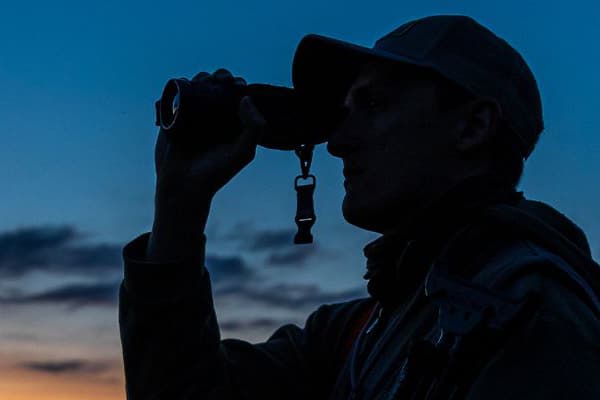

The fox is one of the most successful and fascinating mammals to reside in the UK. JAMES SUTCLIFFE looks at the kit, skills and techniques used in fox control at night.
I wanted to write an article that moved away from my usual, deer-centric wafflings – one that focused on a topic far less discussed by BASC and one that I view as equally important as deer management.
I’m talking about fox control; and more specifically, night shooting. Although trapping and snaring have their own niches, I consider night shooting the most effective method to get on top of fox numbers. I was spurred on to write something following a presentation I was asked to give to a large Canadian agricultural board who were pushing for night shooting to be legalised/licensed. It got me thinking of just how much we rely on it and why it is so essential in the UK.
So, let’s start from the basics, namely why are we trying to kill foxes? After all, the fox is native to our shores, and a particularly beautiful and interesting animal. I find myself drawing parallels to my usual world of deer management, in that foxes (much like deer) are at the pinnacle of their respective food chains. Neither has any natural predators to keep on top of numbers and both, if left to their own devices, have the potential to cause massive amounts of damage.
Although deer pose a threat to predominantly plant-based industries, as apex predators foxes make the most of a much more varied menu. As any keeper of gamebirds or poultry will know, foxes are lethal predators that seem to delight in killing as many birds as they can. I have heard various explanations for this; everything from wanting to prevent the birds raising the alarm, to pure adrenaline and excitement taking over and the red mist descending.
Regardless of the reason, the end result is the same: many birds dead with perhaps one or two actually eaten. I recall an episode as a young underkeeper when a fox managed to defeat two strands of electric wire and a fox-grid to get into one of my release pens. Some 180 pheasants were killed. That’s a pretty decent day’s shooting instantly gone and, when put into financial terms (thinking of today’s shoot prices of £60+ per bird), it’s a bitter pill to swallow.
It’s not just kept animals that can suffer, though. The UK is home to many wild bird species, plenty of which nest on the ground. This makes them easy pickings for foxes, which can have a really negative impact on conservation and biodiversity.
Even in parts of the country so far removed from the above-mentioned situations that they couldn’t tell you where milk comes from, foxes can have huge impacts. I’m sure many of you will be able to recall a few tragic incidents of babies in the middle of London being attacked by urban foxes that were used to, and in some instances encouraged by, city-dwelling folk that didn’t know any better.
So, you can see there are plenty of reasons why we need to keep on top of fox numbers. I would certainly never want to wipe them out, just keep the population at a level where damage and risks are minimised.
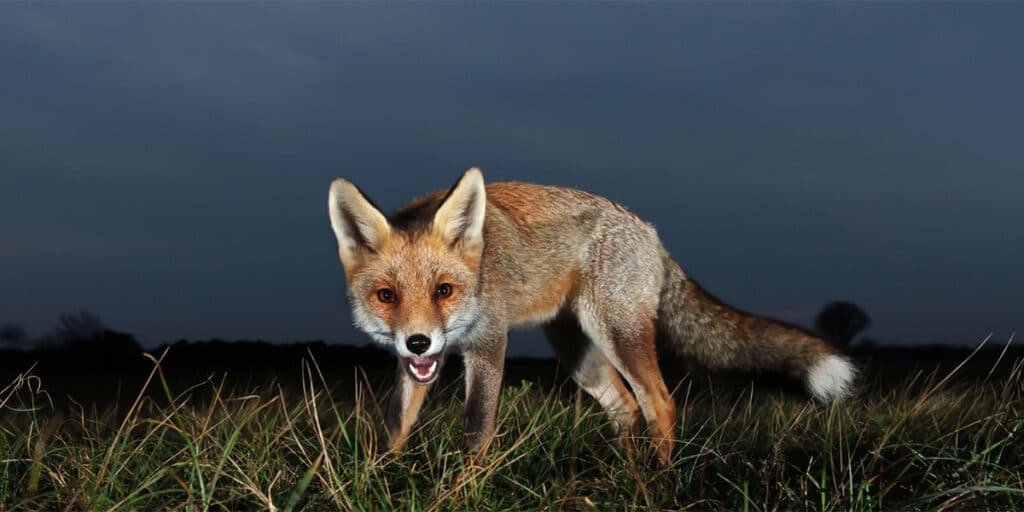
So that’s the why, let’s now have a look at the how. This is the bit that really draws a lot of people in and I’m sure it is part of the reason that ‘foxing’ is growing in popularity.
In terms of firearms, centrefire rifles are king. Typical calibres for foxing include the .22 centrefires (.222, .223, .22-250), loved for their speed, accuracy and flat shooting. Calibres like the .243 are popular among those looking for a ‘one rifle fits all’ approach. And then there are the smaller, specialist calibres like the .204 and some of the various hornet cartridges. Provided it will cleanly kill a fox at sensible distances, and as long as your FAC is conditioned for it, just about any cartridge will do the job.
But how do we go about spotting the fox in the first place?
First, you will need to figure out where you need to be looking and how you will get around. Many shooters conduct their fox control from vehicles, driving and scanning before using the vehicle as a solid rifle rest. Personally, I prefer to get out on foot so I can stealthily cover some otherwise unseen ground. High seats are also a great tool for fox control if you’ve got the patience to sit still all night.
Obviously, foxes are predominantly nocturnal animals, meaning they do most of their business above ground at night. This has led to a wide range of methods being developed and deployed to safely spot, identify and shoot foxes in the pitch black.
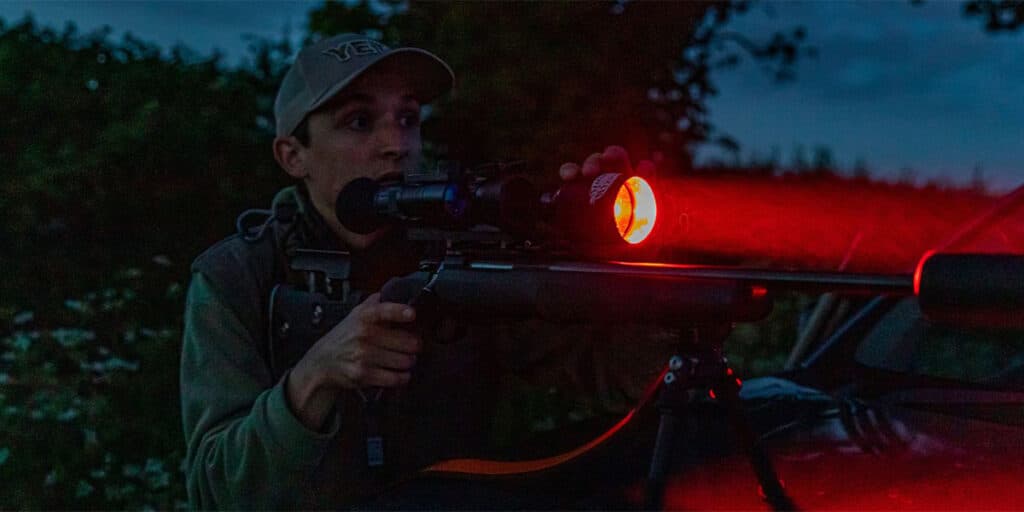
Not so many years ago fox control at night was almost always done with a lamp, essentially a very bright and focused torch that was shone around in search of a problem fox. This method is fairly affordable and can be very effective. It relies on the light shining back from a fox’s eyes (they, like many mammals, have a reflective layer in the eye called a tapetum lucidum) to spot them.
As simple (in theory) and effective as this can be, there are significant downsides. Primarily, it relies on the fox looking at you as you shine. Unless it is seriously obvious, you likely won’t see a fox with its back to you in the lamp; also, once a fox has seen you, the clock is ticking until it decides it doesn’t want to hang about.
I’m sure many of us have heard the term ‘lamp-shy’, referring to foxes that are all too familiar with having a light shone in their eyes and won’t wait for you to get the scope on them. And of course, foxes are not the only animals to have reflective eyes, making positive target ID absolutely vital and sometimes quite tricky.
These downsides have led to some truly impressive technology finding its way into the field and, I’m confident in saying, surpassing the trusty old lamp as the go-to bit of kit for foxing.
Night vision optics use infrared light that is all but invisible to the naked eye but can be detected by special optics. Think of it like lamping but with an invisible light… No more lamp-shy foxes! NV gear is pretty affordable and provides a fantastic image at night, making target ID far clearer than with a lamp.
Above this, we have the simply amazing tech that is thermal imaging. These optics detect thermal signatures, so anything hotter or colder than the ambient temperature will glow on the screen. It’s hard to describe, but anyone who has seen the classic Arnold Schwarzenegger film Predator will know what I mean! There is literally no hiding from it; if the camera can see it, so can you.
Thermal imaging technology now exists in all manner of countryside activities, from foxing to stalking and from population assessment to security. It is a truly marvellous innovation that more and more shooters are coming to adopt. The downside to all this magnificence is a hefty price tag. That said, it is becoming more and more affordable for even modest budgets.
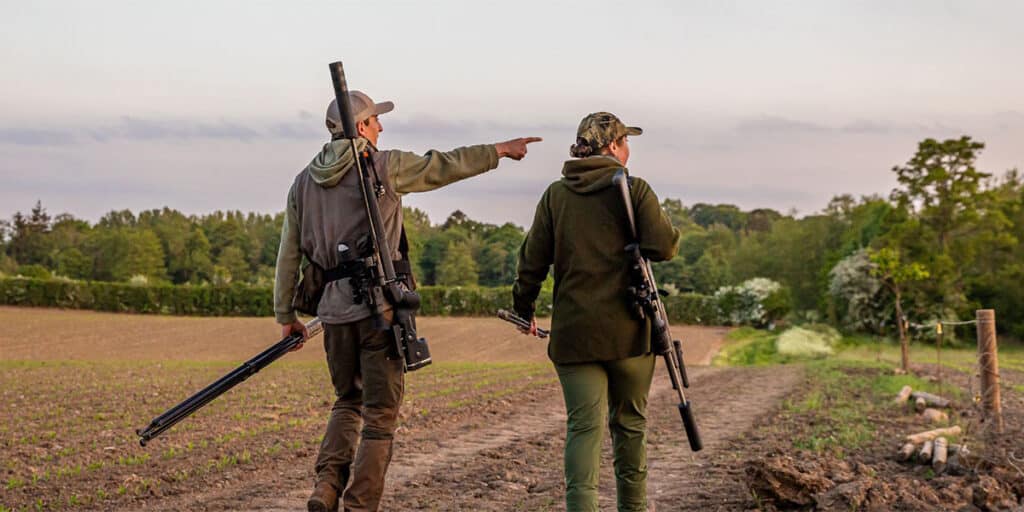
No amount of high-end tech can replace good fieldcraft and a sharp mind. Although thermal imaging may help you see more foxes, there’s still a lot to consider before pulling that trigger. I’m forever thinking about how to close the distance. Do I stalk closer or is the fox behaving in a way that makes me think a caller may bring it within range? If I’m going to stalk closer, I routinely find myself thinking as I would if in pursuit of deer: what is the wind doing? Can I use any landscape features to hide my approach? After all, a fox has phenomenal senses of sight, smell and hearing.
Ultimately, the more you understand your quarry, the more successful you will be in pursuing it. Knowing what foxes (or any other animals) are doing at any given moment in the year, and how this correlates with the farming calendar, will give you an edge in figuring out where they will be and what they are doing.
The technological advances I have mentioned have, in my opinion, brought more people into the world of foxing. What was once a job reserved for keepers and pest controllers is now being undertaken by many more members of our community.
Why? For me, the big picture of damage limitation aside, I love that challenge of trying to outwit what must be one of the UK’s smartest animals. I still get a buzz when I spot a fox in the thermal and have to come up with a rapid plan of approach.
And when you consider that the adoption of modern technology has about tripled my success rates (I’ve gone from an annual average of 50 foxes to 154 last year), its advantages are clear. On the one estate I shoot over, pheasants left over from the season are still thriving, as are the plethora of ground-nesting species like woodcock and lapwing.
You can learn more about pest and predator control and the law surrounding it, as well as download relevant best practice guides, here.
If you’re a gamekeeper using professional rodenticides, read the open letter from the Chair of the Campaign for Responsible Rodenticide Use.

BASC review what was said following a parliamentary debate discussing banning the use of snares in England.
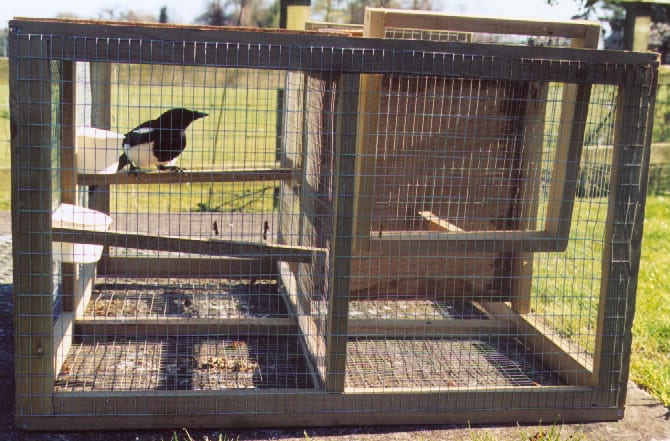
A proposal to consider excluding the use of general licences over some areas of land in Scotland has been challenged by the UK’s largest shooting organisation, the British Association for Shooting and Conservation (BASC). BASC is concerned that this could penalise innocent land managers and affect their livelihoods.
Sign up to our weekly newsletter and get all the latest updates straight to your inbox.
© 2023 British Association for Shooting and Conservation. Registered Office: Marford Mill, Rossett, Wrexham, LL12 0HL – Registered Society No: 28488R. BASC is a trading name of the British Association for Shooting and Conservation Limited which is authorised and regulated by the Financial Conduct Authority (FCA) under firm reference number 311937.
If you have any questions or complaints about your BASC membership insurance cover, please email us. More information about resolving complaints can be found on the FCA website or on the EU ODR platform.
This website uses cookies so that we can provide you with the best user experience possible. Cookie information is stored in your browser and performs functions such as recognising you when you return to our website and helping our team to understand which sections of the website you find most interesting and useful.
Strictly Necessary Cookie should be enabled at all times so that we can save your preferences for cookie settings.
If you disable this cookie, we will not be able to save your preferences. This means that every time you visit this website you will need to enable or disable cookies again.
This website uses Google Analytics to collect anonymous information such as the number of visitors to the site, and the most popular pages.
Keeping this cookie enabled helps us to improve our website.
Please enable Strictly Necessary Cookies first so that we can save your preferences!
More information about our Cookie Policy